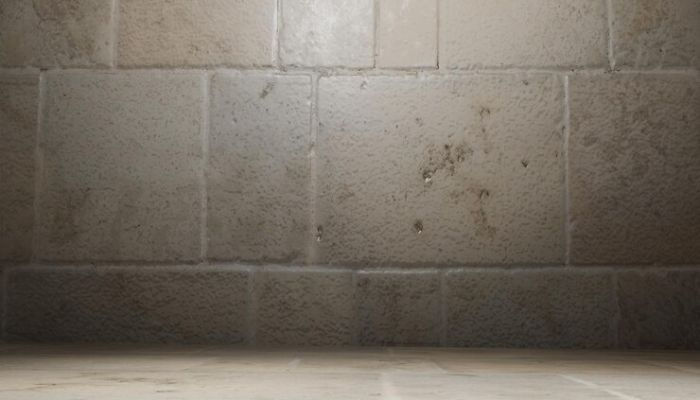How Do I Stop Water From Seeping Through My Basement Walls?
- Allways Dry
- Dec 14, 2024
- 3 min read

Water seeping through basement walls is a common issue that can cause significant damage to your home if not addressed promptly. From mold growth to structural weakening, the consequences can be costly and hazardous to your health. The good news is that with proper methods and preventive measures, you can waterproof your basement and protect your home from water infiltration. Here’s a detailed guide on how to stop water from seeping through your basement walls.
Identify the Source of Water
Before taking any action, it’s crucial to determine where the water is coming from. Common sources include:
Rainwater or snowmelt: Poor drainage around your home can lead to water pooling near the foundation.
Hydrostatic pressure: When the soil around your home becomes saturated, the water pressure forces moisture through cracks in the walls.
Plumbing leaks: Broken pipes or leaky fixtures can contribute to water accumulation.
Inspect your basement walls and floors for visible cracks, discoloration, or signs of moisture. Also, check your gutters, downspouts, and exterior grading to ensure water is directed away from your home.
Interior Waterproofing Solutions
If water has already made its way inside, you’ll need to address it from the interior first. Here are some effective methods:
Seal Cracks and Gaps: Use a hydraulic cement or epoxy-based sealant to fill cracks and prevent water from seeping through. These materials expand as they cure, providing a watertight seal.
Apply a Waterproof Coating: Products like waterproof paints or coatings can be applied to interior walls to create a barrier against moisture. These are especially useful for minor seepage issues.
Install a Dehumidifier: While not a permanent solution, a dehumidifier can help reduce moisture levels in your basement, minimizing the risk of mold growth.
Interior Drainage Systems: Consider installing a French drain or a sump pump system to redirect water out of your basement. These systems collect and remove water that has already entered the space.
Exterior Waterproofing Measures
While interior solutions can help manage water that has already penetrated, exterior waterproofing is essential to prevent the problem at its source.
Improve Drainage Around the Foundation: Ensure your yard slopes away from the house to prevent water from pooling near the foundation. Extend downspouts at least 6-10 feet away from your home.
Install Exterior Waterproofing Membranes: These heavy-duty membranes are applied to the outside of your basement walls to create an impermeable barrier against water.
Add a Layer of Gravel and Drain Tile: Excavating around your foundation and installing a drain tile system can help divert water away from the walls. A layer of gravel enhances drainage.
Repair Foundation Cracks: Professional repair services can inject polyurethane or epoxy into cracks, sealing them from the outside and preventing further seepage.
Preventive Maintenance
Once your basement is waterproofed, regular maintenance is key to keeping it dry:
Clean Gutters and Downspouts: Blocked gutters can cause water to overflow and pool near your foundation.
Inspect the Grading Around Your Home: Over time, soil can settle and create low spots that direct water toward your foundation. Regrade these areas as needed.
Monitor the Basement for Signs of Moisture: Early detection of leaks or damp spots can prevent extensive damage.
While many homeowners can tackle minor waterproofing projects themselves, some situations require expert assistance. If you’re dealing with significant water damage, persistent leaks, or structural issues, it’s best to consult a professional specializing in basement waterproofing in Michigan. They have the tools and expertise to diagnose the problem and implement long-lasting solutions.
Conclusion
Waterproofing your basement is an essential investment in the longevity and safety of your home. By identifying the source of the problem and implementing both interior and exterior solutions, you can protect your property from costly damage. Whether it’s sealing cracks, improving drainage, or installing advanced waterproofing systems, taking action now will save you headaches and expenses down the road. With the right approach, your basement can remain dry and functional for years to come.
Comments